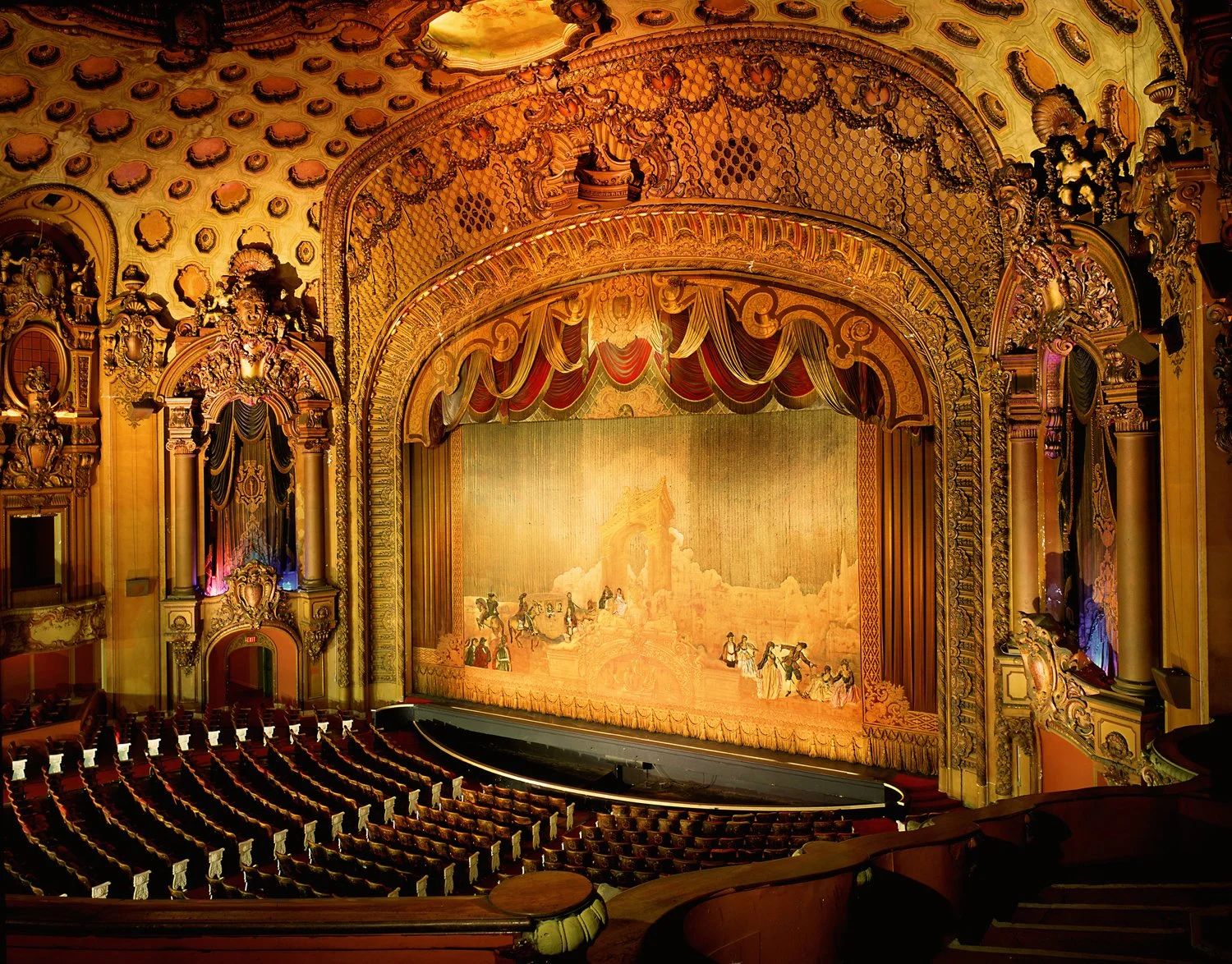Lights, Camera, Action
Los Angeles Theatre, Photo courtesy of LA Conservancy
Lights, Camera, Action
by Sweiskloss
June 26, 2025
by Sweiskloss
June 26, 2025
Peery’s Egyptian Theatre, Ogden, Utah, courtesy of westernartandarchitecture
Image by Kate Vogel, courtesy of savingplaces.org












